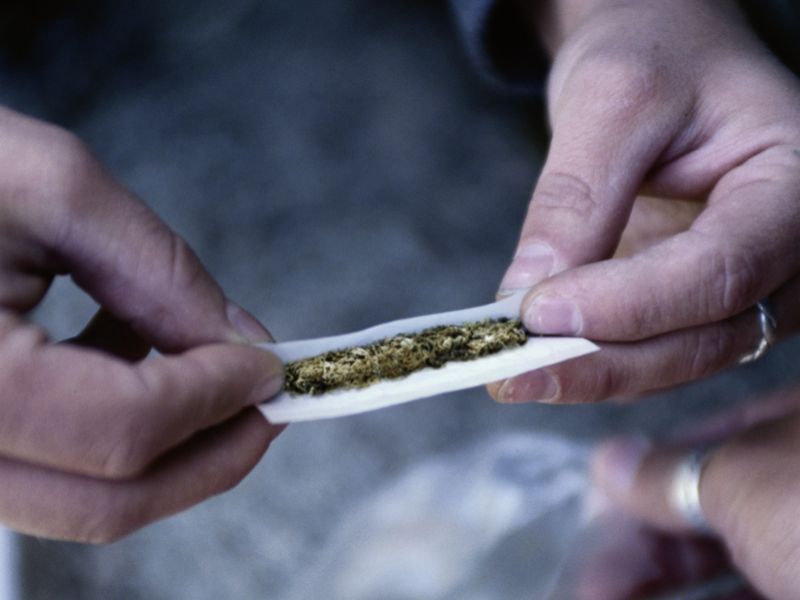THURSDAY, May 17, 2018 (HealthDay News) — Teens who watch more medical marijuana ads are more likely to smoke pot themselves, new research indicates.
“Our findings suggest that increased exposure to medical marijuana advertising is associated with increased marijuana use and related negative consequences throughout adolescence,” said study lead author Elizabeth D’Amico, of the RAND Corporation.
“This work highlights the importance of considering regulations for marijuana advertising that would be similar to rules already in place to curb the promotion of tobacco and alcohol across the United States,” added D’Amico. She’s a senior behavioral scientist at the nonprofit research organization.
Twenty-nine states and Washington, D.C., permit medical marijuana sales, and nine states and Washington, D.C., allow recreational sales of the drug, the researchers said.
This could lead to more marijuana advertisements accessible to teens, even if the ads aren’t targeting young people, the investigators pointed out.
The study was funded by the U.S. National Institute on Alcohol Abuse and Alcoholism. The researchers tracked more than 6,500 Southern California students from middle school to high school between 2010 and 2017.
The young people were periodically questioned about marijuana, including the medical pot ads they’d seen, as well as their own cannabis use.
The proportion of teens who watched medical marijuana ads surged during the study. Just 25 percent of the teens saw at least one of these ads within the previous three months in 2010. By 2017, this exposure rate jumped to 70 percent, the findings showed.
The study found that kids who saw more medical marijuana ads were more likely to have smoked pot within the past month and more likely to admit they would use it within the next six months.
Exposure to more medical pot advertising was also linked to more positive views about the drug, such as believing pot is relaxing.
The frequent ad viewers were also more likely to miss school, have trouble concentrating and to say they did something they later regretted, the study authors reported.
The study could not prove a cause-and-effect relationship between viewing ads and marijuana use or behavior, however.
But, D’Amico said, “It is possible that teens who were exposed to the most medical marijuana advertising were more likely to use marijuana heavily and therefore experience more negative consequences.”
The study authors suggested that future research examine the effects of various forms of marijuana advertising, including billboards, magazines and signage in stores.
“As more states legalize marijuana for medical or recreational uses, we must think carefully about the best ways to regulate marijuana advertising so that we can decrease the chances of harm occurring, particularly for adolescents,” D’Amico said in a RAND news release.
The report was published May 17 in Drug and Alcohol Dependence.
More information
The U.S. National Center for Complementary and Integrative Health has more about medical marijuana.
Copyright © 2024 HealthDay. All rights reserved.

